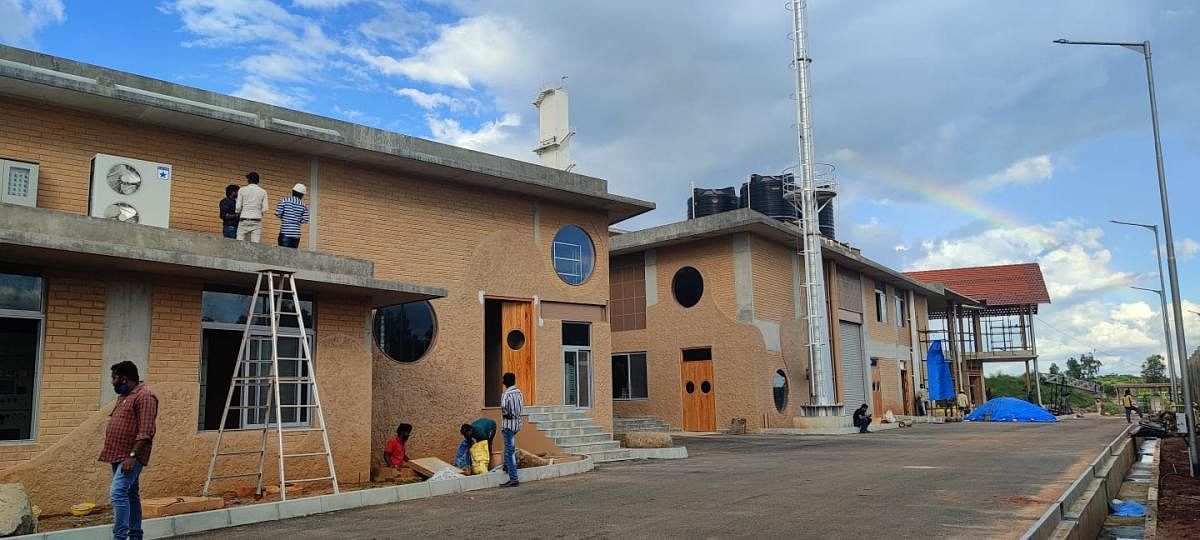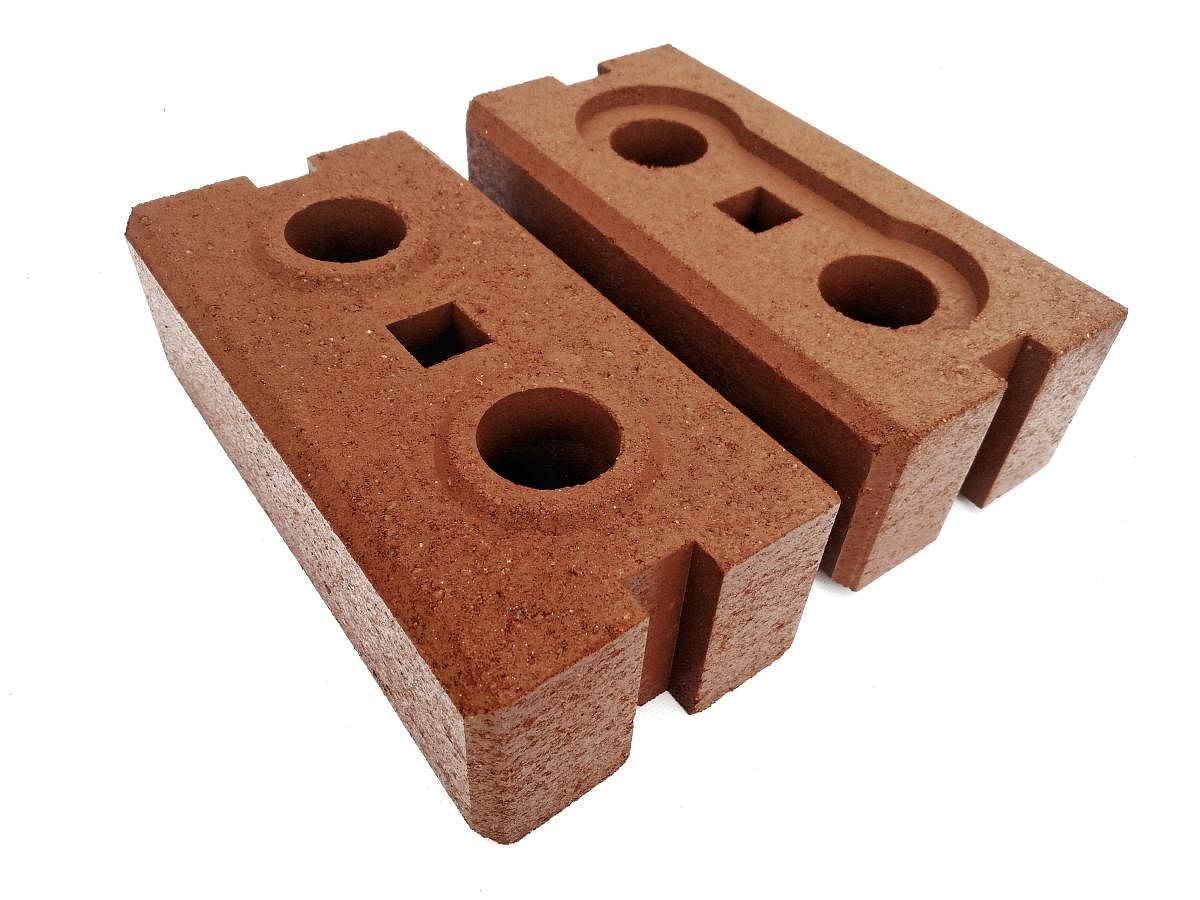

Piles of construction debris lying in vacant plots, or dumped below flyovers is a common enough sight in Bengaluru. But is there a way to reduce the generation of construction waste in the first place?
This very question led Sagar S Reddy to set up Earth Blocks India Pvt Ltd, a Bengaluru-based company that manufactures ‘compressed stabilised earth blocks.’
In 2015, when Sagar was constructing his house in Bengaluru, he wanted to use sustainable building materials. However, there were few options available in the city, and he had to go with the conventional building method.
But he was appalled by the amount of construction waste that was generated.
That is when he, along with two of his friends (one of them a structural engineer) started manufacturing earth blocks — an alternative to burnt bricks and concrete blocks that are conventionally used.
The earth block is primarily made from damp soil compressed at high pressure to form blocks.
“As we were researching the different types of bricks, we realised that some of the ancient structures which have stood the test of time were built using soil blocks. These are not only eco-friendly but also strong and durable,” says Sagar.
Interlocking blocks
After zeroing in on the material, they came up with an interlocking design, similar to Lego blocks.
“Our main aim is to reduce construction material used and debris generated during construction. The blocks come in standard dimensions. By designing the floor plan accordingly, we can guarantee close to zero wastage,” says Sagar.
The soil to make the blocks is procured from construction sites near their factories, where soil would have been excavated. The soil is tested for its properties and then processed before being pressed into blocks.
“Using these blocks, the overall construction cost comes down, as both sand and cement requirement is reduced considerably. Cement slurry to bind the blocks has to be poured only after four or five courses instead of every layer. It also does away with the need to plaster and paint, which saves both time as well as cost,” says a builder who uses earth blocks in his projects.
These are load bearing blocks, and G+2 floors can be constructed without any pillars. However, for higher floors, columns will be required. Even curved walls can be built with these blocks.
Now, Sagar and his team are working towards finding an alternative to cement to make the whole construction process more environmentally friendly.
M R Seetharam says the reason he chose earth blocks for his under-construction farm house near Doddaballapur is that it blends in with the scrub forest around.
“I wanted my house to be in sync with the surroundings,” he adds.
Seetharam says that when using earth blocks, the planning and design stage is crucial, as there is reduced scope for error.
“Since we don’t plaster the walls later, one has to carefully plan and take into account even minute details in the beginning itself. Then with proper execution, overall construction cost comes down by a good extent,” Seetharam says.